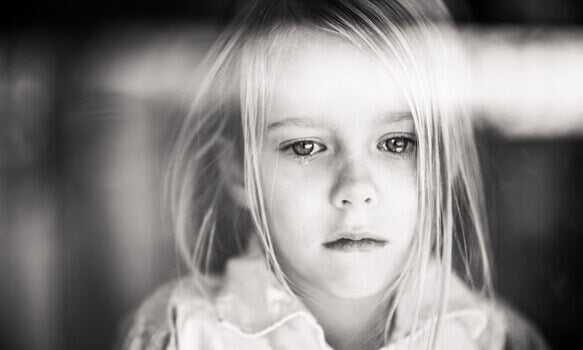Pain is such an individual and complex experience that it is essential to have good care and communication with the patient to meet their needs, however, when we face chronic pain in childhood, communication is often impossible because children do not know the words needed to explain it; there is nothing more to cry. This is why, throughout the 20th century, chronic childhood pain was largely neglected in modern medicine and psychology.
In fact, until the mid-1950s children were believed to be less sensitive to pain than adults, which has had serious consequences: surgical procedures have been performed in children under two years of age in many hospitals without the use of any type of anesthesia or minimal anesthesia.
Although a child or baby cannot express himself in words, he feels pain in the same way as an adult.
Currently, both in medicine and in psychology, it is known that chronic pain in children has the same characteristics as chronic pain in adults and, therefore, must be treated with the same importance, that is, chronic pain in childhood is a pain that lasts 6 months or more. whether it has a physiological cause or not.
The problem is that until recently there were no protocols or tools to measure chronic pain in children because adaptations of the media used with adults and specific instruments designed for this purpose were generally used, fortunately all this is changing and clinical psychology plays an important role. key role in this change.
From projective techniques to emotional recognition and expression techniques, expression and recognition of chronic pain in childhood begins to be studied and treated in the future, pain was no longer seen as a simple complaint from a minor child or as an alleged application process. attention from parents.
Drawings, faces and colors, without the terms of pain used in the adult world, are the most useful ways to help children recognize, express and manage chronic pain.
When we talk about infants or children under the age of 3 or 4 who do not yet have enough linguistic or cognitive development to express their pain through words or drawings, the most reliable measures are obtained through behavioral reports and physiological variables. and adolescents, different types of self-assessments are used, some of the most commonly used are:
When we talk about the treatment of chronic childhood pain we are faced with an alarming reality, because most of the drugs used to treat pain have no paediatric indication, so special emphasis is placed on multidisciplinary treatment of them in children.
Clinical psychology, in this case, contributes to the cognitive behavioral aspect, a series of treatments considered effective and efficient in children 7 years and older, and with very promising findings for the treatment of chronic childhood pain in young people. Children. Treatment generally depends on the type of pain and the analysis done. In this sense, some of the most commonly used techniques are:
Despite all these advances and despite their effectiveness and effectiveness, access to psychological treatments in chronic pain units for children remains limited, so multidisciplinary progress and increased studies in this area are the future in the fight against chronic pain in children.

